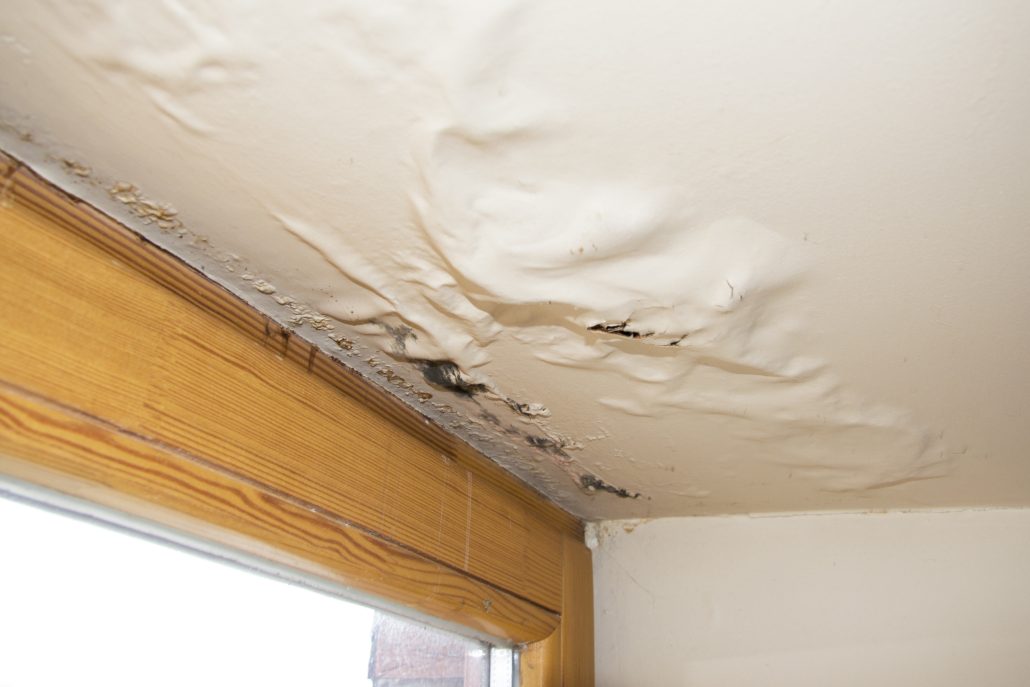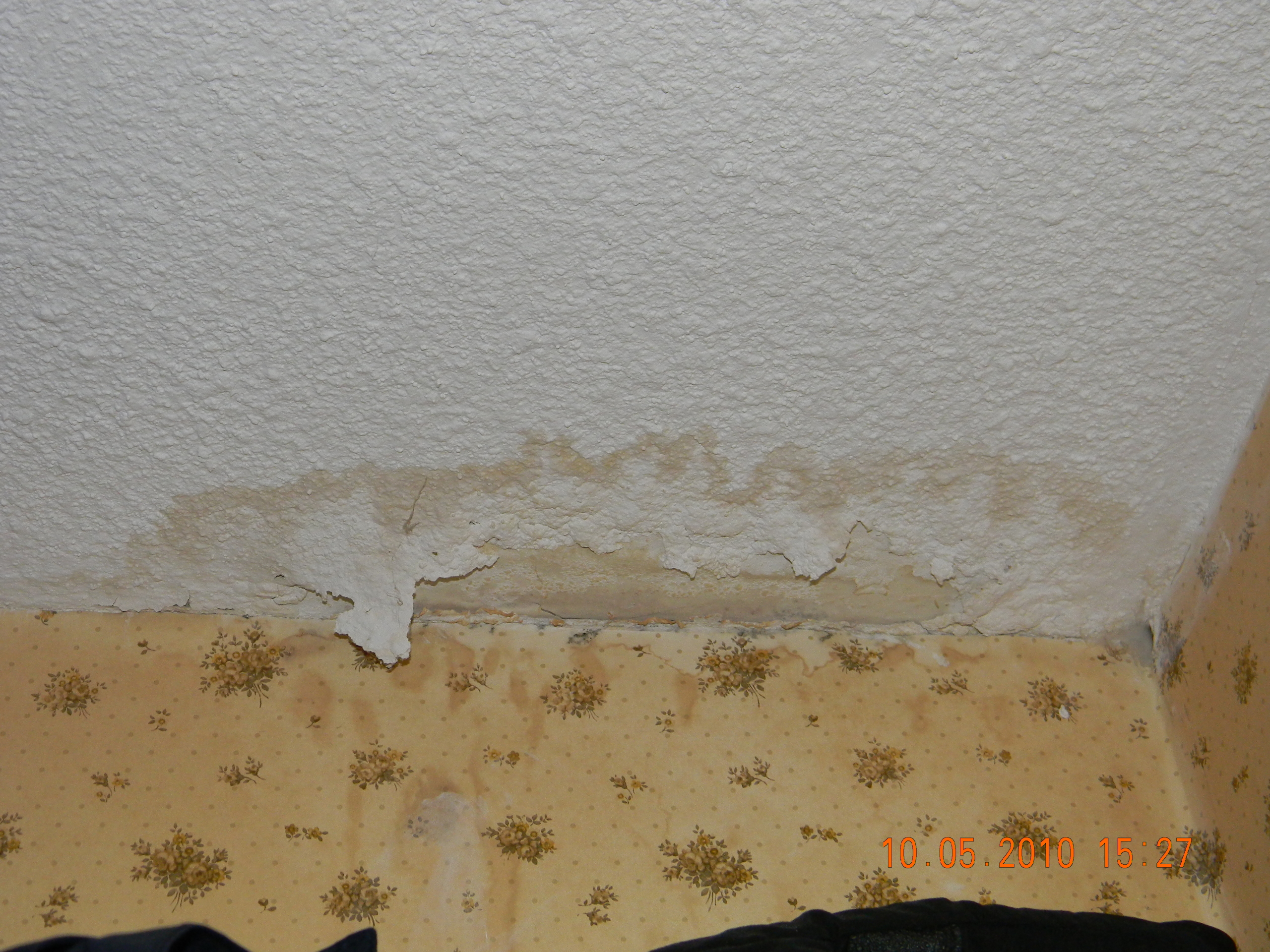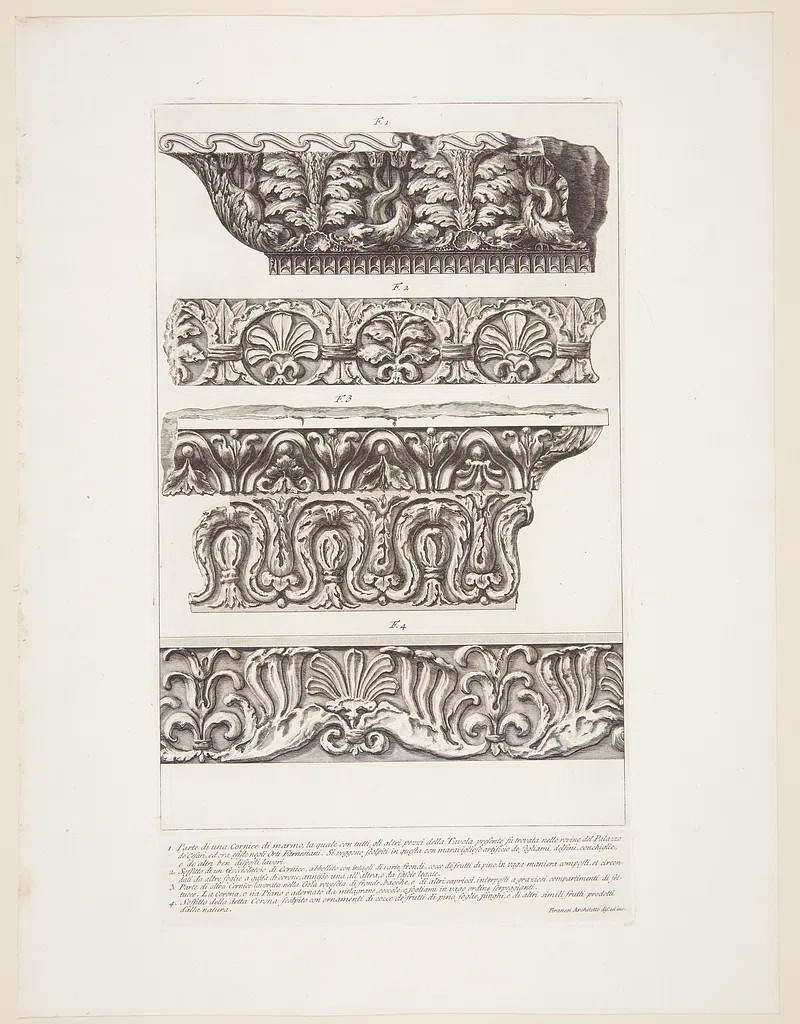Sagging Ceilings: Identify & Solution
In this guide, we’ll walk you through how to fix your sagging ceilings; how to identify a sagging ceiling, causes of a sagging ceiling and our Perth ceiling repair services.
Ceilings are often given the least attention when it comes to interior design and home improvement, but they can actually make a huge difference in the look and feel of a space. Most people are actually okay with lackluster ceilings and only pay attention when they notice serious ceiling damage, like a sagging ceiling. If you’ve noticed your ceilings looking a little saggy or droopy, don’t worry – you’re not alone. Many homeowners have this problem, and it’s usually caused by factors like, water leakage, poor construction, inadequate wall support, or simply age. Great news is, it is repairable and at RCI Perth, we pride ourselves with years of experience of ceiling services including Perth ceiling repairs, correcting sagging ceilings and providing overall maintenance services for Perth ceiling.
Is your sagging ceiling in need of a ceiling restrapping? We’ve written this article to ensure that you are informed enough to make your own decision for your home improvement project.

HOW TO IDENTIFY THE SOURCE OF THE PROBLEM
The first step in fixing a sagging ceiling is identifying the source of the problem, that’s only when you can administer the appropriate repair method. There are a few things you can look for when trying to get to the root of sagging ceilings in your home like:
· Is the ceiling sagging in the middle, or close to the wall?
· Are any of the ceiling tiles or panels loose?
· Is there water damage, or evidence of leaks through the ceiling plaster?
· Is the problem localized to one area, or is it spread across the ceiling?
If you can answer these questions, you’ll be one step closer to finding a solution.
CAUSES OF SAGGING CEILINGS ACCORDING TO OUR PERTH CEILINGREPAIR SPECIALISTS
Water damage and leaks
One of the most common causes of sagging ceilings is water damage. If you have a leaky roof or pipes, it’s only a matter of time before the water starts to damage the ceiling. In most cases, the damage will be localized to one area, but it can sometimes spread to the wall which will begin to show through the plaster. In this case you will also need to do some wall repairs.
Mold and mildew
Another common cause of sagging Perth ceilings is mold and mildew. This usually happens in humid climates, poorly insulated houses. A water damaged ceiling also grows mold and mildew over time. If you suspect that mold or mildew is the problem, it’s important to have the ceiling tested by a professional ceiling contractor. They’ll be able to determine the type of mold and recommend the best treatment.
Inadequate support
Another cause of saggy ceilings is inadequate wall or beam support. This can be caused by poor construction, or simply by the building’s age. A suspended ceiling is more susceptible to sagging when poorly constructed as it has minimal wall support. If the problem is due to poor construction, it’s likely that there is a need for an entire or part ceiling replacement. For this you need specialists to do an entire building inspection so that they can identify areas that need to be reinforced and the safest way to do so in a renovation process.
Structural Movement
From the time of ceiling installation, your building or building components may shift due to extreme and abrupt temperature changes leading to ceiling or building movement and hence sagging. In this case we advise you to have a building inspector come and assess the cause of the movement so that the building components can be restored.
Age
With time, the materials used to make the ceiling, fixings and adhesives that hold the ceiling together wear out and the ceiling begins to give in to its own weight causing the sagging. Worn out ceiling material can seldom be repaired to last. It is better to do ceiling replacement and have a completely new ceiling in place.
Tell tale signs of a sagging ceilings may be as minor as simple crack, a stain patch or a full-on bow. Regularly inspect your ceiling for any of these signs.
HOW TO FIX SAGGING CEILINGS
Prolonged sagging may lead to ceiling collapse which puts your family and house at great risk. It is better to call a ceiling contractor immediately when you notice a saggy spot on your ceiling. Once the cause of a sagging ceiling is identified, you can start working on a solution. Here are a few things you can try:
1. Ceiling Restrapping – This involves adding new support straps to the underside of your ceiling. This helps to redistribute the weight of the ceiling, and prevent it from sagging further.
2. Re-supporting – If your ceiling is droopy due to inadequate support, you can try adding some new beams or load bearing wall support underneath the ceiling. You can also reinforce the ceiling plaster to increase support.
3. Tightening – If the problem is just that your ceiling is old and saggy, you can try to tighten it up with some new screws or nails. This will help to secure the ceiling in place, and prevent it from drooping further.
4. Replastering -This only works for minor bowing of gyprock ceilings and minor cracks. The old plaster is removed and re-plastered or covered with wallboard to support the weight of the ceiling. Afterwards, repainting is done to create a whole new look for the gyprock ceiling.
Plaster glass ceiling and gyprock ceiling repairs should be done by a ceiling fixer with knowledge and expertise in working with gyprock ceilings. A DIY can easily go south.
Also, you need to get a roof repair professional or a ceiling contractor to inspect and do the repair. You also need to get your drainage system fixed to prevent future water damage. This is to make sure that the gutters are clear so that there is no water pooling on the roof. It will also help to prevent mold and mildew from growing, and will also reduce the need for frequent roof repair. In some cases, the only solution is to do an entire ceiling replacement. This can be a big job, but it’s often the best option in severe cases.
DIY OR PROFESSIONAL REPAIR – WHICH IS BETTER?
When it comes to sagging ceilings, there are very few things you can do yourself. Like changing the ceiling cornice. Others like sagging ceiling repair need to be assessed and corrected by a ceiling fixer. If you’re not sure of your sagging ceiling repair skills, it’s always a good idea to consult ceiling contractors. They’ll be able to assess the problem and recommend the best course of action. They’ll be able to repair the damaged ceiling, offer you quality workmanship, maintenance or point you in the right direction. Either way, you’ll be one step closer to having a ceiling that looks great and doesn’t sag!
SAGGING CEILING REPAIR PERTH SERVICES
If you’re in need of sagging ceiling repair and other ceiling repairs services, our team of professional ceiling fixers at RCI Perth can help! We specialize in Perth ceiling repair and installation, maintenance, and we can help you get your ceiling back into shape. Contact us today for a free quote!




